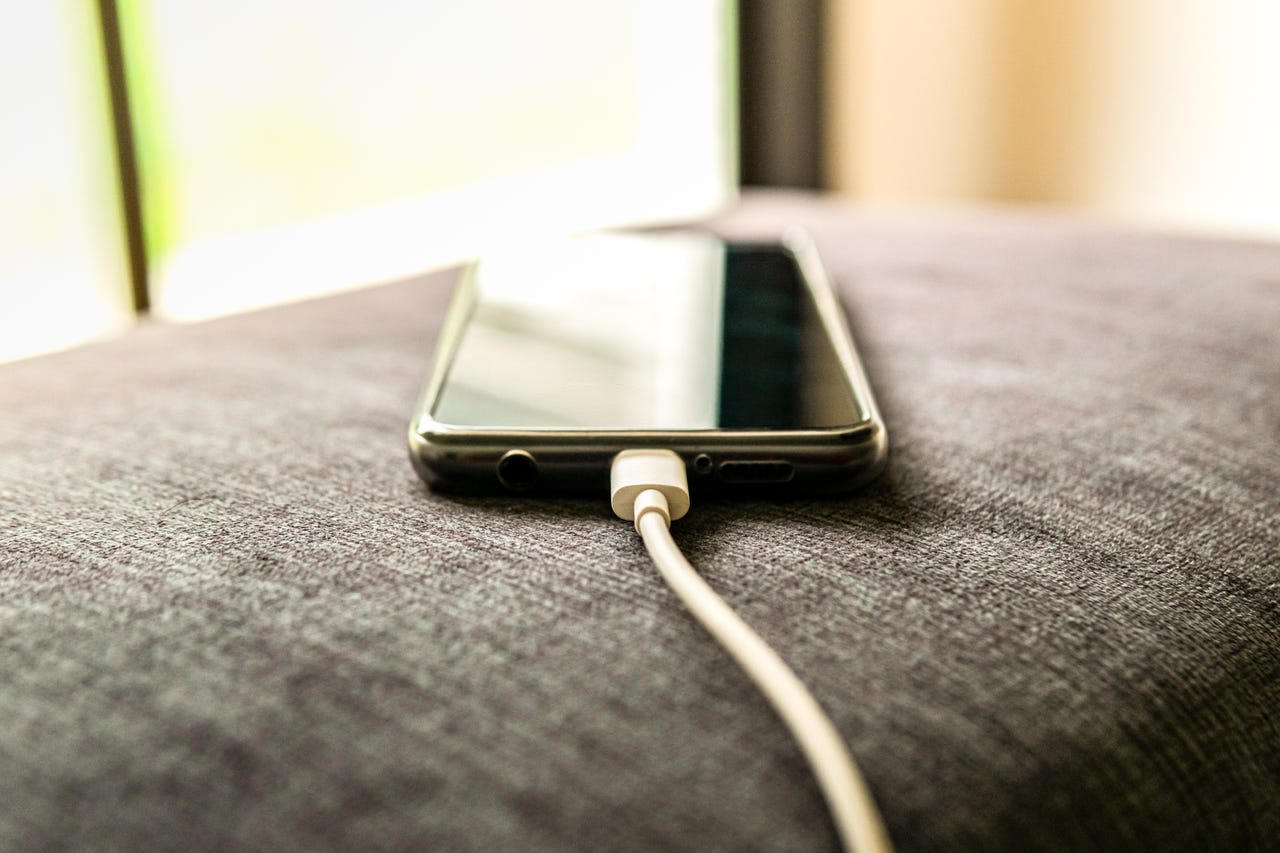































 Getty Images/Alvaro Lavin
Getty Images/Alvaro Lavin We know that the iPhone's Lighting connector has been on borrowed time since Apple confirmed that, following an EU mandate, it would make the switch to USB-C, so a leak of what purported to be USB-C connector assemblies for the iPhone 15 comes as no surprise.
But what comes as a surprise is finding a mystery chip on the ribbon cable of the part.
Also: Do you have a satellite communication device yet? It could save your life
The leak, over on X (formerly known as Twitter), is by prolific Apple leaker Majin Bu, and shows a chip with the designation '3LD3' on the internal ribbon cable that connects the USB-C connector to the iPhone 15's motherboard (assuming that this is a genuine component).
You can see the packaged chip on the iPhone 15 series. The model is 3LD3. Because it is a self-designed chip, the function cannot be judged by the model. Judging from the same type of plastic packaged chips in the past, it may be the setting of transmission encryption. pic.twitter.com/YSM1guM3n9
- Majin Bu (@MajinBuOfficial) August 14, 2023
What's it for?
The internet has plenty of suggestions! Tech site Wccftech.com suggests that it's a way to limit charging speed in some way (possibly outside of the EU), perhaps to force those outside the EU to purchase proprietary charge cables.
Yeah... no.
I've looked through component listings and gone to my contacts who know more about me about these sorts of things, and the consensus I'm getting back is that, yes, this is as Majin Bu suggests and is related to "transmission encryption." But rather than some plot to sell cables, it's a way for Apple to carry on offering aMade for iPhone (MFi) program. This chip will be used to communicate securely with both accessories from Apple and licensed third-party vendors.
It makes sense to me that Apple would want to keep its lucrative MFi program going despite making the shift to USB-C, and finding a chip or two that is related to encryption is something I'd expect. As well as enforcing hardware compliance for MFi, such a chip could also allow approved accessories to have deeper, more trusted access to the iPhone, and allow them to use features that are otherwise off-limits.
 Etiquetas calientes:
tecnología
Nuestro proceso
Los teléfonos inteligentes
IPhone iPhone
Etiquetas calientes:
tecnología
Nuestro proceso
Los teléfonos inteligentes
IPhone iPhone